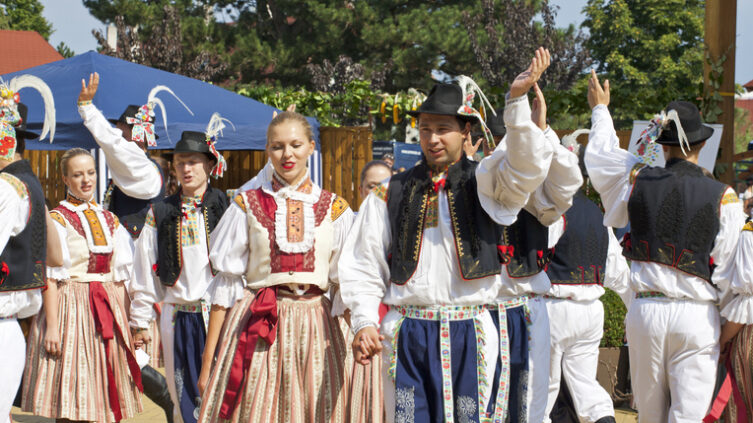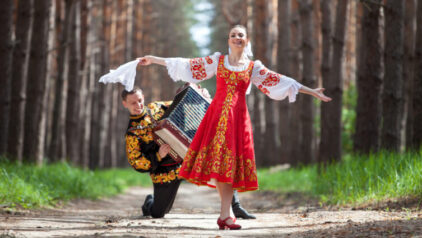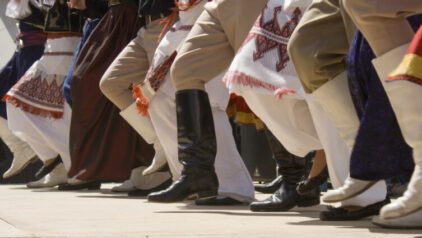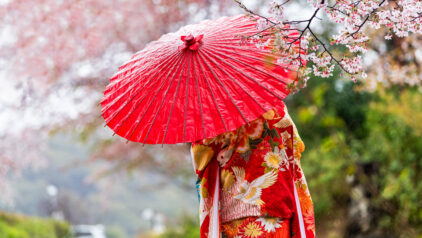

If your genealogical research leads you back to the great city of Prague, the Morovian hills, or the Bohemian countryside, you will discover unique facts about being Czech. This is an ethnic group no longer contained by a specific country’s borders. Like most, there has been heavy migration throughout Europe and even South American since the early days. Tracking documentation is just one part of this discovery. Once you learn about who exists on your family tree, you can begin to understand and enjoy their traditions. Rediscovering these and incorporating them into your modern life only brings you closer to your roots.
Key Takeaways on Czech Traditions and Genealogy
- Czech heritage reflects rural roots and multigenerational family life: Many Czech ancestors lived in close-knit farming or craft-based communities, with extended families often living and working together. Embracing this history helps modern families foster connection and shared values across generations.
- Surnames and naming conventions offer unique research clues: Czech surnames often reflect occupations, nature, or traits, and women traditionally take their husband’s surname with a feminine suffix. Understanding these patterns is essential for accurate genealogical research, especially when tracing maternal lines.
- Blended celebrations showcase rich cultural traditions: Czech holidays like Christmas, Easter, the Burning of the Witches, and the Moravian Ride of the King blend pagan, Christian, and folk elements. These vibrant traditions offer meaningful ways to reconnect with heritage, regardless of modern beliefs.
- Hearty cuisine and traditional arts deepen cultural appreciation: Czech food, such as svíčková, dumplings, and koláče, reflects the region’s agrarian past. Music (like polka and folk instruments) and folk embroidery also serve as creative avenues to honor and revive ancestral practices.
The Rural Roots Focus on Family Life
From the earliest days, many Czech people filled roles in society based on the rich homeland they occupied. This means they were primarily farmers and craftspeople whose work supported an agricultural community. Of course, there were people in leadership, political, and religious roles as well, and if you find one of them on your family tree, things might look a bit different.
The extended family often lived all together in early Czech culture. Multiple generations supported each other and worked the land for shared benefit. If you are lucky enough to have access to grandparents or great-grandparents, you have even more of an opportunity to pass down the true heritage to children.
Czech Surname Traditions
Researching family trees in Czech communities reveals a unique Czech naming convention. Women commonly switched to their husband’s surname, but used the feminine ending instead of the original. This is important to remember when researching maternal lines. Most of the tens of thousands of surnames still in use today derive from family names, occupations, nature terms, and unique physical characteristics. Novak remains the most common.
A Unique Blend of Folk and Spiritual Celebrations
One of the easiest and most enjoyable ways to practice cultural heritage is to adopt some of the traditions surrounding holidays. For the Czech people, this often blends early Christian, pagan, and folk traditions. What you choose to do depends somewhat on your current belief system, but from a family heritage perspective, do not hesitate to try out something new.
Christmas follows a nearly month-long celebration that culminates with a fish feast on Christmas Eve. Easter is another longer-lasting holiday that blends religion with springtime fertility rites. Although the name is quite shocking, the April 30th Burning of the Witches is a pagan holiday that includes bonfires to banish evil spirits. A more secular option is the Moravian Ride of the King, which is recognized by UNESCO, and features parades of horses, traditional costumes, and chanting songs.
Czech Food Focuses on Hearty Rural Dishes
The strong agricultural history of this part of Europe is reflected in the traditional dishes families all made together. For your next meal, consider trying one of them and getting a taste of ancestral culture. Many feature meat quite heavily, either beef or pork, and stews or goulashes are quite popular. Dumplings get added to almost every dish with broth in it.
Svickova, a dish of sirloin beef cooked with hearty vegetables and served with dumplings, is perfect for special occasions. Roasted pork with sauerkraut is another popular meal. Pickling foods helped preserve them for the long winter months in that part of the world. They also didn’t shy away from sweet treats like potato pancakes or Kolace filled with poppy seeds or fruit jam topping the list of favorites.
Get Involved with Czech Handcrafts and Artistry
The entire range of creative pursuits are quite strong in this ethnic group. Polka music tops the list of some of the most recognized even today. Prague was a European center for culture throughout the ages, and many top composers like Dvorak appeared there. For the lower classes, music played just as important a role. They used bagpipes, dulcimers, and accordions to play songs about everything from history to love.
While you may not create your own bagpipes and learn to play them, there is one outstanding Czech craft that everyone can get involved with: embroidery. This intricate art is showcased in the folk costumes, which feature brilliant color, many sashes and ribbons, and elaborate hand stitched patterns and images on every piece. As you explore your heritage, you can discover which designs come from the region where your ancestors lived.
Getting involved in your Czech ancestry allows you to combine traditions from a variety of influences, religious and folk, to create further understanding of your roots. Exploring the holidays, handicrafts, music, and meals that past relatives enjoyed will only bring you closer. This is the way that you keep your family’s heritage alive in the modern age.










